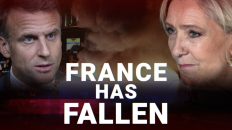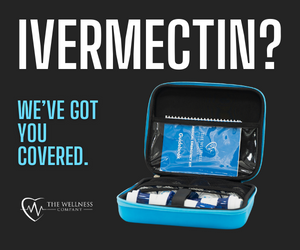Reuters
Russia’s Putin Says Arctic Trade Route to Rival Suez
Gleb Bryanski
September 22, 2011
* Russia to build three more nuclear icebreakers by 2020
* Commercial interest in Arctic shipping on the rise
* Scientists see near-record ice melt this summer
Arkhangelsk, Russia – Prime Minister Vladimir Putin on Thursday predicted Arctic shipping routes along Russia’s northern coast would soon rival the Suez Canal as a quicker trade link from Europe to Asia.
Russian plans to revive the Soviet-era shipping lane as polar ice cover receded to near record lows this summer could speed energy deliveries to China and boost business for cargo suppliers such as state-owned Sovkomflot.
Officials at the Arctic Forum in the White Sea port city of Arkhangelsk said Russia must develop infrastructure to guard against oil spills, revamp ports and build more icebreakers to realise Putin’s vision of year-round shipments.
“The shortest route between Europe’s largest markets and the Asia-Pacific region lie across the Arctic. This route is almost a third shorter than the traditional southern one,” Putin told participants, who included Iceland President Olafur Grimsson.
High energy prices fueled by demand from China and other emerging economies are helping spur interest in the Northern Sea Route, which trims 4,000 nautical miles (7,400 km) off the southern alternative via the Suez Canal.
“I want to stress the importance of the Northern Sea Route as an international transport artery that will rival traditional trade lanes in service fees, security and quality,” Putin said.
“States and private companies who chose the Arctic trade routes will undoubtedly reap economic advantages.”
With scientists across the globe predicting a thaw linked to climate change could deliver ice-free Arctic summers within a decade, Sovkomflot and others have increased test cargoes via the polar region, in spite of higher costs.
PIONEERING
The Arctic was crossed in a record eight days last month by the STI Heritage tanker, owned by Scorpio Tankers Inc. , powering from the United States to Thailand.
In August, Sovkomflot’s supertanker, the Vladimir Tikhonov, ferrying 120,000 tons of natural gas condensate, became the largest vessel of its kind to forge the passage.
“I have no doubt this is just the beginning,” Putin said of the latest pioneering voyages.
Russia plans to sell a 25 percent stake in state-owned shipping giant Sovkomflot to the public, but has postponed the sale due to turmoil in financial markets.
Russia’s Novatek , which is eyeing the short-cut as part of an ambitious project to ship liquefied natural gas from the Yamal peninsula, estimates the route will slash 10-15 percent off shipping costs.
COMMERCIAL INTEREST
In another marker of rising interest, Rosatomflot, which sends one of its ten atomic-powered icebreakers to smash through ice as thick as 2 metres, received 15 requests to escort Arctic voyages in 2011, against four in 2010.
To meet demand, Putin said Russia will spend 38 billion roubles ($1.2 billion) through 2014 on adding to its atomic icebreaker fleet and plans to build three more by 2020.
“There is interest in transport on the Northern Sea Route and it is now shifting from the experimental to the commercial sectors,” Russian deputy transport minister Viktor Olersky said.
One of the chief lures of the Arctic transport corridor is as a means of avoiding pirates in the waters off East Africa, Sovkomflot’s deputy chief Evegeny Ambrosov told forum guests.
Worried over tanker traffic in the Arctic’s pristine waters, in addition to resource drilling, ecologists warn it could be far harder to stem any oil leaks, for instance, than in the Gulf of Mexico after BP Plc’s catastrophic spill in 2010.
“Each company that produces risks in the Arctic — from oil production to transportation — should … donate a certain amount per barrel to a fund that would secure rehabilitation and capacity for urgent action,” World Wildlife Fund’s Evgeny Schwartz told Reuters.
($1 = 32.062 Russian Roubles)
Additional reporting by Albina Kovalyova; Writing by Alissa de Carbonnel; Editing by Sophie Hares).
===
Video Uploaded by EconomistMagazine
June 1, 2009









Add comment